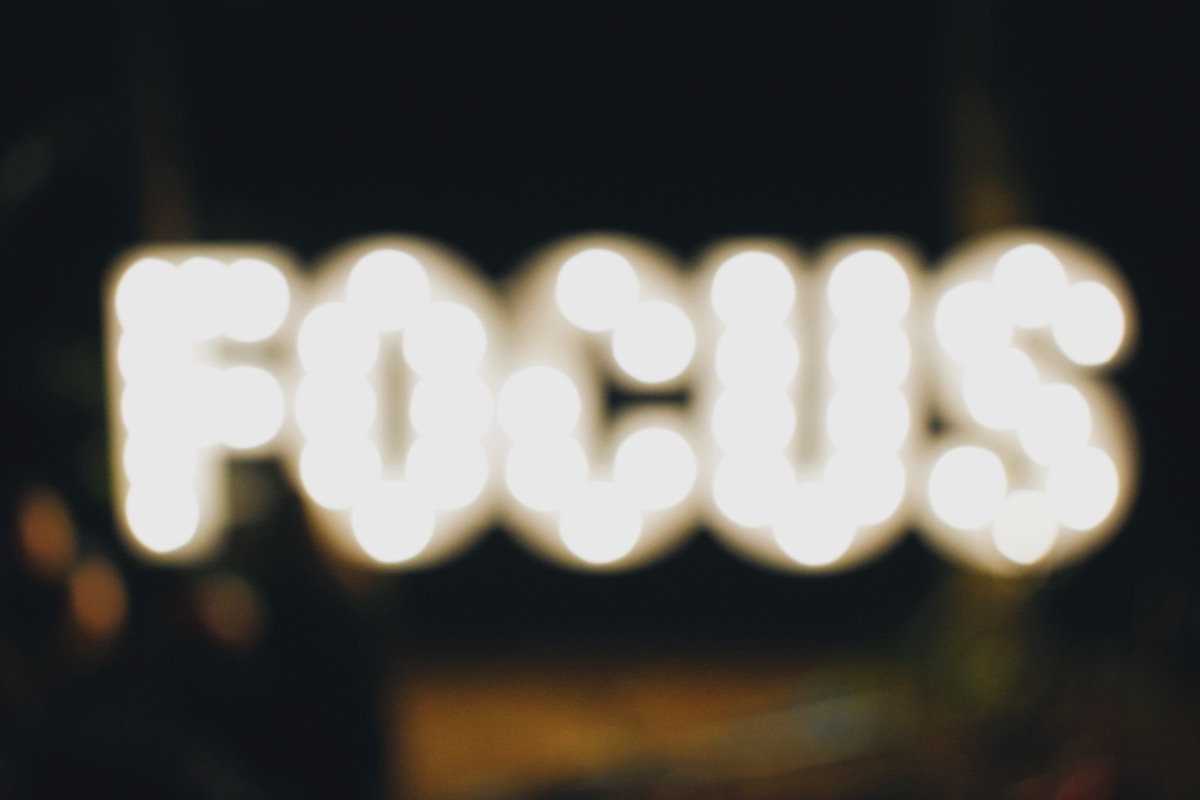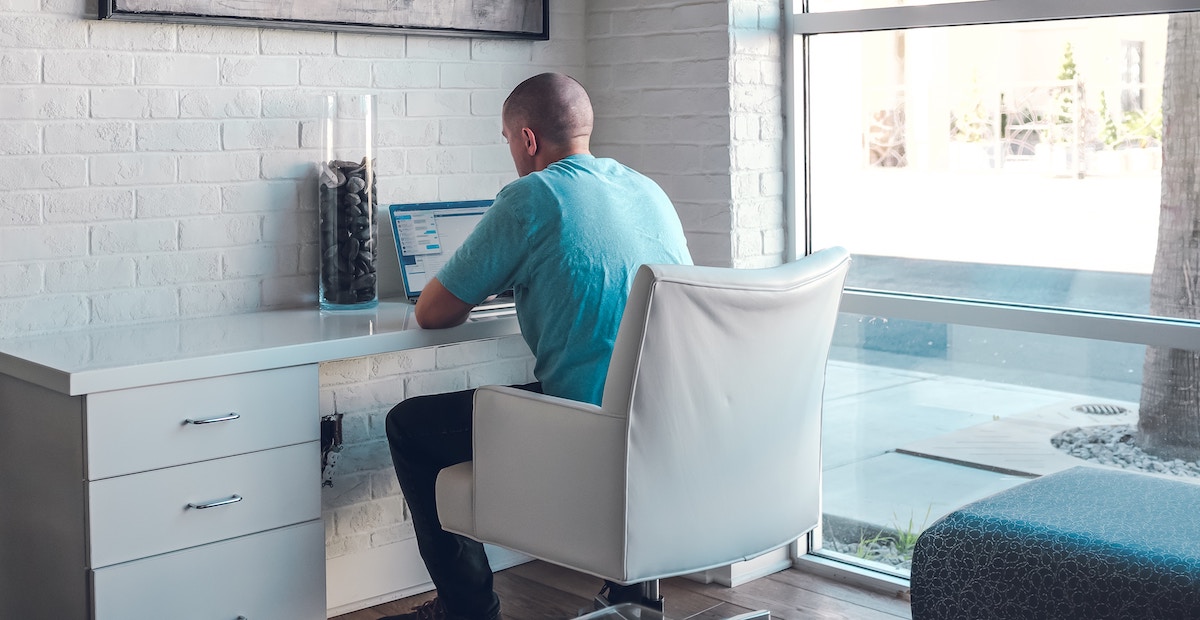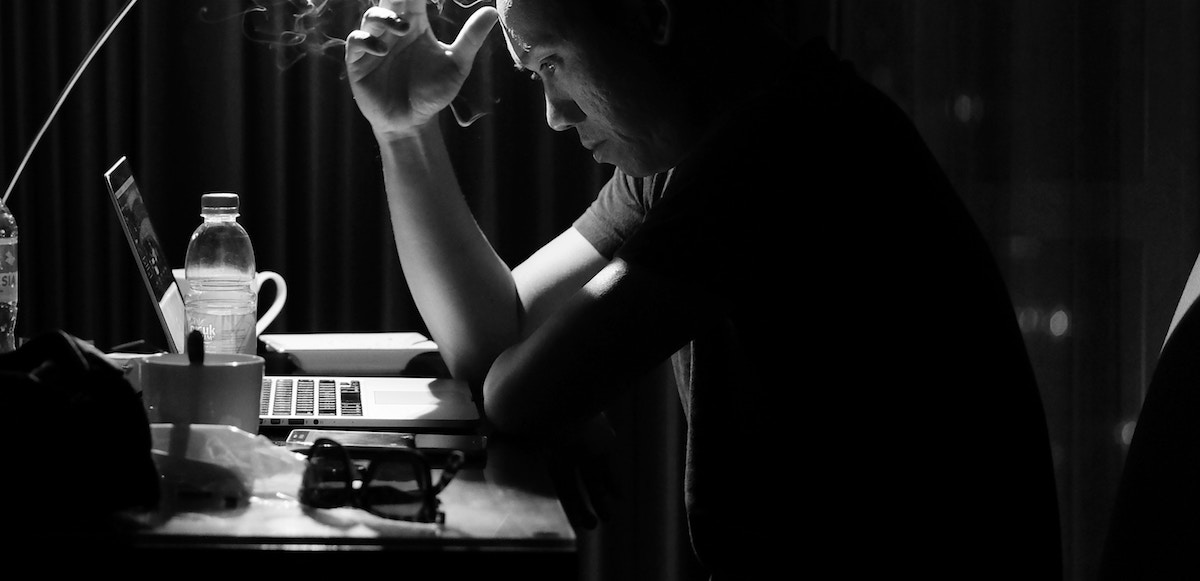Have you ever had a nagging problem you were trying to solve? You knuckle-down and focus, trying to come up with a great idea. Some things come to mind, but matter how hard you concentrate, you can’t come up with a solution you love. So, you decide to give it a rest.
You realize you were so intensely focused that you forgot to get the mail. You step outside and walk a few blocks when the solution hits you like a ton of bricks.
It’s the kind of eureka moment that happens stereotypically in the shower or while we’re daydreaming.
But why does it happen?
It happens because creativity requires focused and diffuse thinking.

When you were concentrating on finding THE answer, your mind was focused. Your brain was consciously analyzing the problem and navigating down familiar pathways to find a solution. Later, as you were walking to the mailbox, your mind was free to wander as well. You considered seemingly unrelated ideas until something clicked and you realized a solution you would have never discovered if you continued focusing.
Constant focus hurts your creativity.
In fact, too much focus really can be a bad thing when it comes to problem-solving. The longer we keep our brains in focused mode, the more we experience tunnel vision—outside the box thinking becomes impossible.
…
Too much diffuse thinking, on the other hand, will prevent you from ever getting the details of anything straight.
Brainscape
This is one of the reasons it is important to have some slack in project schedules. Creativity needs space. If you are always working on insane deadlines, then you won’t feel free to relax and get into diffuse thinking.
What does this mean for workers?
In her Wired article, author Brigid Schulte gives some recommendations for incorporating diffused thinking into your day to increase creativity.
Work in pulses of no more than 90 minutes, then take a break. Take a walk. Change the channel. Let your mind wander. Then come back to a concentrated work mode.
What does this mean to leaders?
Encourage employees to focus.
- Don’t let their time get filled up with meetings.
- Make sure your office provides space where people can work without interruption, when needed.
Give people space for their ideas.
- Deadlines are necessary, but don’t let them create a constant sense of urgency.
- Allow employees to take occasional breaks.
- Encourage them to take a walk when they feel stuck.
- Provide furniture that allows employees to lounge. Speaking of which, next time you see a worker in a pose like this:
 Realize they may be doing work as valuable as someone in a pose like this:
Realize they may be doing work as valuable as someone in a pose like this:


